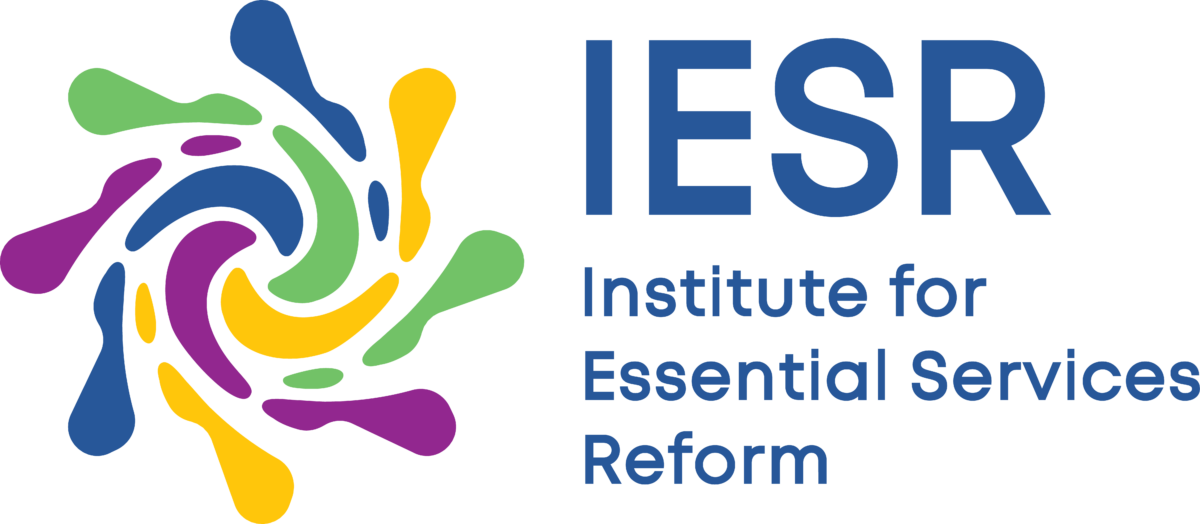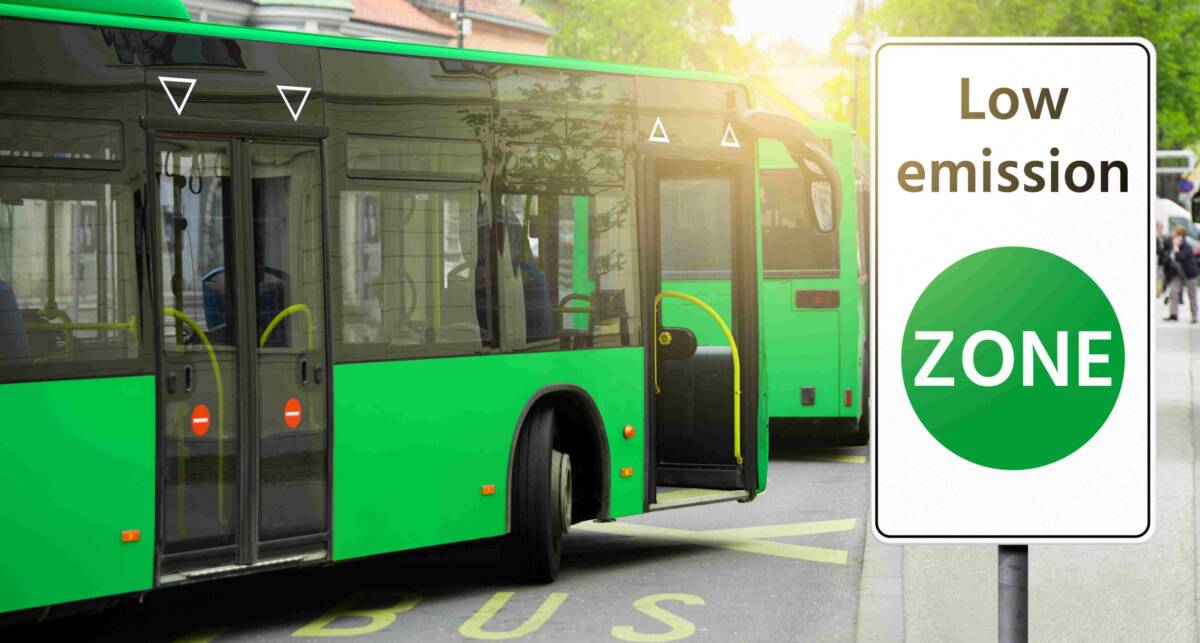The transport sector, with its extensive emissions, significantly contributes to the energy sector. In 2022, Indonesia’s transport sector emitted 150 MtCO2, with the road transport sector contributing 90% (IETO, 2023). To delve deeper, 70% of emissions are from road passengers, and 20% from road freight. Decarbonizing the transport sector is a complex task that necessitates the active cooperation of the government and civil society and, more importantly, the implementation of good transport and urban design plans.
Decarbonizing the transport sector can be achieved by using Avoid-Shift-Improve. Avoid means reducing transportation demand, shift means switching to more sustainable vehicle modes, and improve means increasing vehicle energy efficiency. Indonesia’s central and regional governments have attempted to reduce transport sector emissions. EVs are one of the government strategies promoted more frequently than other transport decarbonization sector strategies. EVs can reduce the emission per km of 2-wheelers by 18% and 25% for 4-wheelers according to 2022 grid emission factors (IEVO, 2023). However, the upfront cost of EVs, which is more expensive than ICEV, and the lack of an ecosystem, such as charging infrastructure and spare parts, have hindered EV adoption. To address this, the government has released several fiscal incentives such as VAT and tax reductions to consumers as well as import and luxury tax exemptions to the EV brands to make EV prices affordable. Other efforts are to build charging infrastructure to overcome customer range anxiety and mandate that government officials of specific levels buy EVs as the official vehicles with the aim of solving the chicken and egg problems between EV and charging infrastructure. Regional governments such as Jakarta also help by exempting EVs from crossing the odd-even road. In addition to that, the government also blends fossil fuels with biofuels and creates Pertamax Green for petrol cars with a 5% mix and biodiesel fuel for diesel cars with a 35% mix, which will be enhanced shortly. Another clean fuel being developed for vehicles is hydrogen fuels; the government released a hydrogen roadmap last year, and fuel cell vehicles will be on the road in 2027. The hydrogen refueling stations (HRS) are also constructed in several locations, and 17 hydrogen sources have been identified to support those HRSs. Clean fuels play a crucial role in the decarbonization sectors as not all vehicles can be electrified, such as heavy-duty vehicles such as buses and trucks, and maritime and aviation sectors, usually due to weight constraints.
Besides EVs, the growth of public transport has also been rising in recent years, especially buses. Other than Jakarta and its surrounding areas, which have rapidly increased the networks and mode options, there are also other cities promoting the shift to buses, such as Bogor, Semarang, and Surabaya, as well as Bandung and Medan, which are still in the trial phase in recent years. The implementation was escalated by the Ministry of Transport (MoT) program in Surabaya and Bandung, Temanbus, which is a program to implement BRT services via the buy-the-services scheme and development banks also provide in other regions. As a form of shifting strategies, the use of public transport also reduces the emissions from the road passenger sector. Based on a study in Jakarta, public transport in Jakarta can reduce at least 50% of the emissions and up to 90% per trip per person, and the least emitted transport option is using the commuter line, which only emits 0.345 KgCO2e/person.
Avoid strategy is the one that has the slowest progress compared to other strategies as it needs the longest time to be implemented. One of the popular strategies is the implementation of transit-oriented development (TOD), which has been implemented not only in Jakarta but also in surrounding areas of Jakarta. The main idea of the avoid strategy is to create a compact city, which means that daily needs are met by a maximum of 15 minutes of walking. It also aims to cut the need for trips that use motorized vehicles as an end goal. However, long-term urban planning is needed to realize that dream.
The transport sector is not just a distant issue; it’s an integral part of our daily lives. We interact with it daily, and its impact is deeply ingrained in our daily routines. Even though the government prepares the ecosystem, we can participate in decarbonizing transport sectors through our actions as much as we can. There is always a way to participate in decarbonizing the transport sector. If it is possible to use public transport as our main mode of transport, it is better to use it. If we still need to use private vehicles and can buy EVs, then buying EVs also works. Even if it is impossible to purchase EVs, we can also help reduce GHG emissions by learning how to do eco driving.

